| In vitro: |
| Nutrients . 2020 Nov 19;12(11):3547. | | Assessing the Intestinal Permeability and Anti-Inflammatory Potential of Sesquiterpene Lactones from Chicory[Pubmed: 33228214] | | Cichorium intybus L. has recently gained major attention due to large quantities of health-promoting compounds in its roots, such as inulin and sesquiterpene lactones (SLs). Chicory is the main dietary source of SLs, which have underexplored bioactive potential. In this study, we assessed the capacity of SLs to permeate the intestinal barrier to become physiologically available, using in silico predictions and in vitro studies with the well-established cell model of the human intestinal mucosa (differentiated Caco-2 cells). The potential of SLs to modulate inflammatory responses through modulation of the nuclear factor of activated T-cells (NFAT) pathway was also evaluated, using a yeast reporter system. Lactucopicrin was revealed as the most permeable chicory SL in the intestinal barrier model, but it had low anti-inflammatory potential. The SL with the highest anti-inflammatory potential was 11β,13-dihydrolactucin, which inhibited up to 54% of Calcineurin-responsive zinc finger (Crz1) activation, concomitantly with the impairment of the nuclear accumulation of Crz1, the yeast orthologue of human NFAT. |
|
| In vivo: |
| J Ethnopharmacol . 2006 Sep 19;107(2):254-258. | | Analgesic and sedative activities of lactucin and some lactucin-like guaianolides in mice[Pubmed: 16621374] | | Lactucin (1) and its derivatives lactucopicrin (2) and 11beta,13-Dihydrolactucin (3), which are characteristic bitter sesquiterpene lactones of Lactuca virosa and Cichorium intybus, were evaluated for analgesic and sedative properties in mice. The compounds showed analgesic effects at doses of 15 and 30 mg/kg in the hot plate test similar to that of ibuprofen, used as a standard drug, at a dose of 30 mg/kg. The analgesic activities of the compounds at a dose of 30 mg/kg in the tail-flick test were comparable to that of ibuprofen given at a dose of 60 mg/kg. Lactucopicrin appeared to be the most potent analgetic of the three tested compounds. Lactucin and lactucopicrin, but not 11beta,13-Dihydrolactucin, also showed sedative properties in the spontaneous locomotor activity test. | | Nutrients . 2020 Nov 28;12(12):3675. | | Low Oral Bioavailability and Partial Gut Microbiotic and Phase II Metabolism of Brussels/Witloof Chicory Sesquiterpene Lactones in Healthy Humans[Pubmed: 33260567] | | Free and glycosylated sesquiterpene lactones (SLs), which are abundant in leafy vegetables including Brussels/witloof chicory, possess health-promoting effects in vivo. However, the pharmacokinetics of dietary source of SLs remain largely unknown. In this open-label and single-dose trial, sixteen healthy volunteers consumed 150 g of Brussels/witloof chicory juice containing 48.77 μmol SLs in 5 min. Blood, urine, and fecal samples were collected before and after chicory consumption in 24 h. No SLs were detected in the serum, urine, and fecal samples before chicory consumption in all of the participants. Chicory consumption increased lactucin, 11β,13-dihydrolactucin, and their glucuronide/sulfate conjugates, rather than lactucopicrin and 11β,13-dihydrolactucopicrin, as well as glycosylated SLs in biological samples. The peak concentration of total SLs in serum reached 284.46 nmol/L at 1 h, while, in urine, this peak was 220.3 nmol between 2 and 6 h. The recovery of total SLs in blood, urine, and feces was 7.03%, 1.13%, and 43.76% of the ingested dose, respectively. Human fecal suspensions with intestinal microbiota degraded glycosylated SLs in chicory, and converted lactucopicrin and 11β,13-dihydrolactucopicrin to lactucin and 11β,13-dihydrolactucin, respectively. Collectively, Brussels/witloof chicory SLs are poorly bioavailable and they undergo partial gut microbial and phase II metabolism in humans. |
|


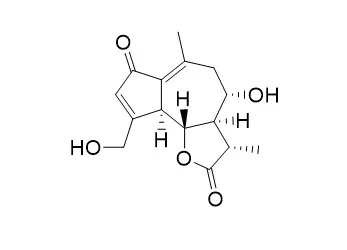

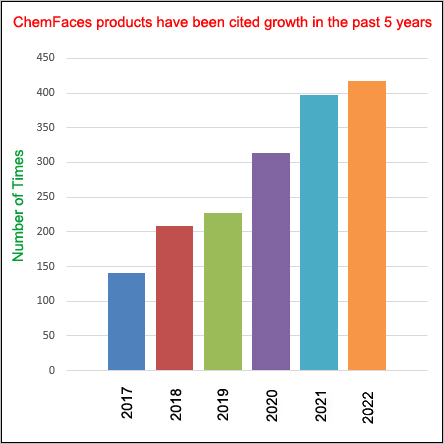
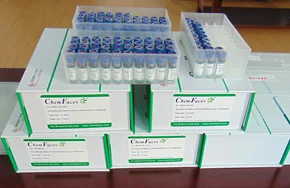
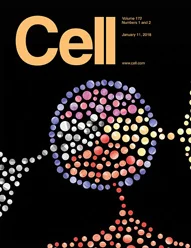 Cell. 2018 Jan 11;172(1-2):249-261.e12. doi: 10.1016/j.cell.2017.12.019.IF=36.216(2019)
Cell. 2018 Jan 11;172(1-2):249-261.e12. doi: 10.1016/j.cell.2017.12.019.IF=36.216(2019)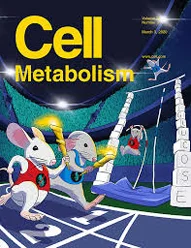 Cell Metab. 2020 Mar 3;31(3):534-548.e5. doi: 10.1016/j.cmet.2020.01.002.IF=22.415(2019)
Cell Metab. 2020 Mar 3;31(3):534-548.e5. doi: 10.1016/j.cmet.2020.01.002.IF=22.415(2019)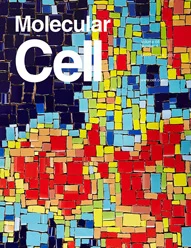 Mol Cell. 2017 Nov 16;68(4):673-685.e6. doi: 10.1016/j.molcel.2017.10.022.IF=14.548(2019)
Mol Cell. 2017 Nov 16;68(4):673-685.e6. doi: 10.1016/j.molcel.2017.10.022.IF=14.548(2019)